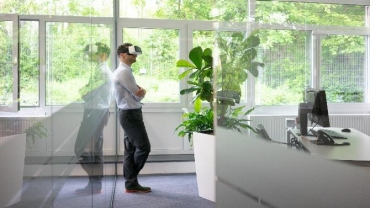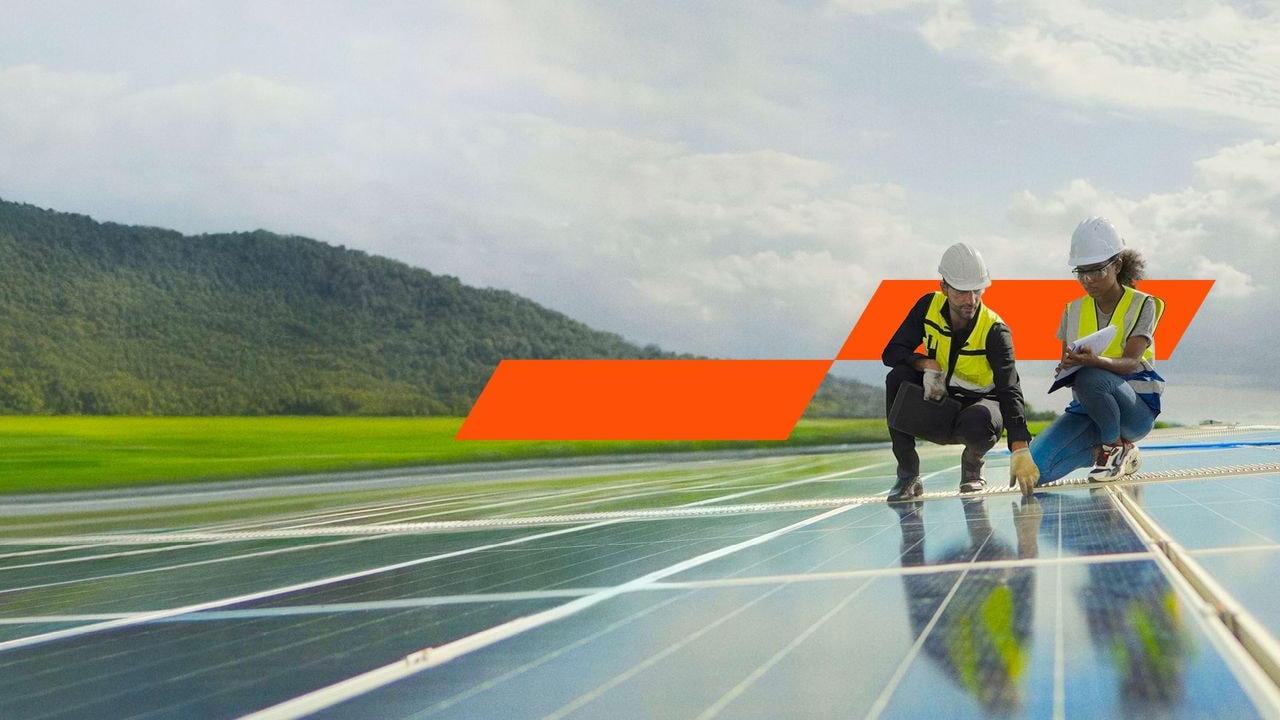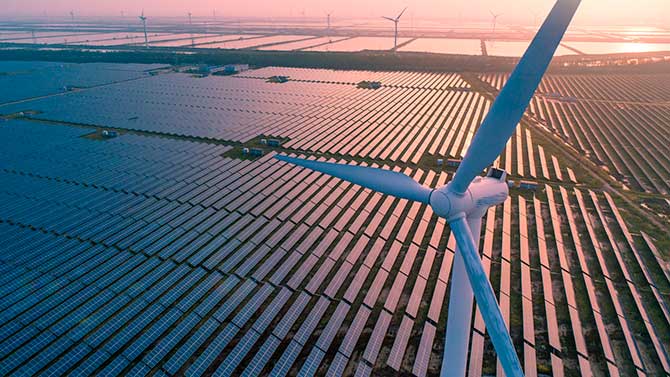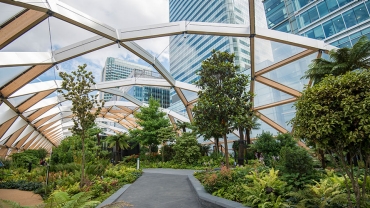
What if we only had today to change tomorrow?
Sustainability

We combine people, knowledge and technology to create sustainable progress
Unleashing new opportunities, turning theory into concrete action and helping decision-makers make internal transformation that has external value - our team of specialists helps with every step of ESG transformation.
The goal? Measurable success, results that drive growth and greater confidence for future generations. A future where sustainability is at the heart of business, "net zero" is the norm and transparency is a given. This means meaningful opportunities and change for your customers, shareholders, investors, employees and the world.
ESG: our moment
Join us in taking a step forward
Sustainability Journey Hub
Why accelerating today is essential
The world will become less livable if we don't take action today. Together with clients, that's why we make a great effort to make a positive impact. That is our mission. In addition, embedding ESG topics in business strategy is essential for organizations that want to be future-proof. These three topics are essential in ESG transformation.
Changing the world is not something you do alone.
You don't have to.
Community of solvers
Our network and team of experts are ready to work with you. Accountants, tax consultants, strategists, economists, data analysts, biologists, human rights experts, environmentalists and sociologists: we combine a rich pallet of experience and knowledge at home and abroad with the will and intrinsic commitment to sustainable business.
Creating a sustainable business requires a broad approach and outlook, especially outside of our own organization. That is why we work together with universities, research institutes and committed change makers. From Metabolic to the Deltaplan Biodiversity Restoration Foundation. On the basis of inspiration sessions, knowledge exchange and partnerships, together we take small steps towards solutions to major challenges.
Data and technology
Our people-focused approach is supported and driven by technology at all times. We use all the opportunities that data and technology offer and deploy technology effectively so that it accelerates sustainable progress. Only then can we achieve the desired objectives and the right results.
At PwC, we use technology through a combination of capacity, tooling and partnerships. We work with major software providers such as SAP, Oracle, Salesforce, Microsoft, Google and Workiva. From selection to implementation, we always have the right specialist knowledge in-house, so we can support our clients at any time.
Time for a step forward?
Share your details and we will contact you
What we ourselves are doing about ESG
Like our clients, PwC is going through a transformation process. Each day we are putting all of our efforts into growing in the ESG field.
We are working hard to achieve that goal. For example, we have integrated four sustainable development goals into our business processes and strategy and are working with a large team to achieve gender equality, decent work, reduce inequality and take climate action.
In addition, as PwC we have a global ambition to operate ‘net zero’ by 2030. This means we will reduce our absolute emissions to the maximum, with a minimum of fifty percent. We compensate for the remainder by, among other things, planting new forests to remove more CO2 from the air. Of course, we also apply our knowledge and expertise pro bono to impact-first organizations striving to solve environmental or social issues.

Sustainability MT: Alexander Spek, Claudia Buysing Damste, Paul Nillesen, Wendy van Tol
Discover all ESG vacancies
Contact us




Energy - Utilities - Resources Industry Leader, PwC Netherlands
Tel: +31 (0)61 003 87 14
























